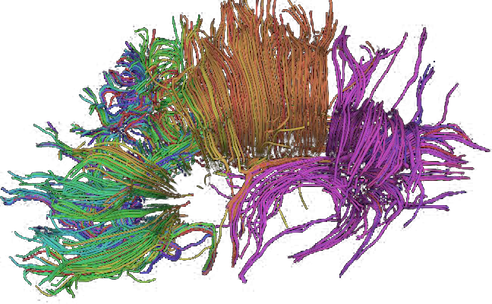About Me

Mhembere, PhD
I received my PhD in Computer Science from the Johns Hopkins University in 2019. I was part of the Institute for Data Intensive Engineering and Science. My dissertation focussed on reimagining infrastructure for large-scale semi-external memory graph analysis and unsupervised clustering. My primary advisor was Randal Burns, PhD. I obtained my Masters in Computer Science in 2015 and Masters in Engineering Management in 2013, both from Hopkins. I earned my Bachelors in Electrical and Computer Engineering from Morgan State University in 2010.
Awards
In 2017 I received the UPE Academic Achievement award and the
Best Presentation award at High-Performance Parallel and
Distributed Computing (HPDC) Conference.
In 2014 I was awarded the Hopkins Computer Science Graduate
(Paul V. Renoff) Fellowship, and the
UPE Special Recognition award.
Interests
I love to work on highly-scalable tools, frameworks, libraries (generally in C++ and Python) for graph analytics and artificial intelligence applications.
I enjoy backend web-service infrastructure development and strongly believe in SaaS via RESTful web-services as a scalable service delivery strategy.
I also enjoy studying the effect of advancements in computing on business and their co-evolution as AI and high-scale computing becomes ubiquitous in industry and academia alike.



